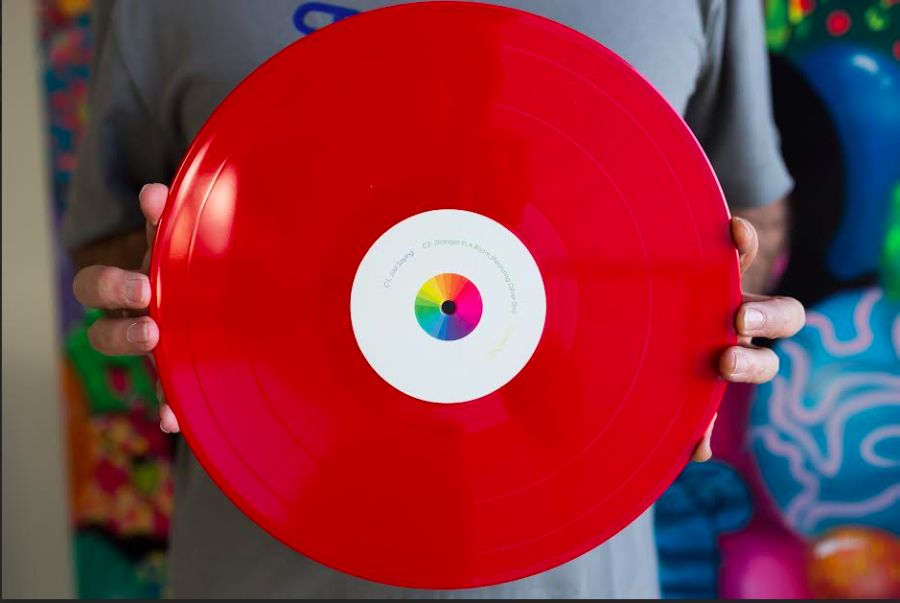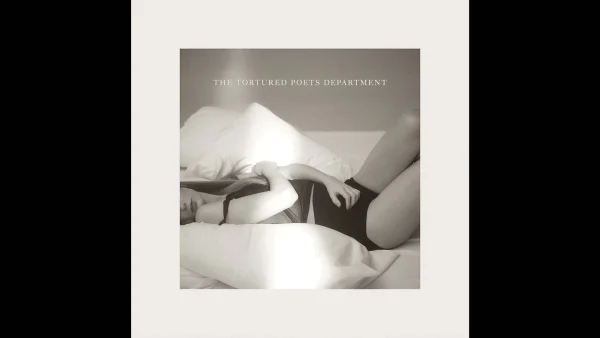For my love of records
The first record one buys is much like their first partner: the feelings may not be as intense, but they are nonetheless remembered. Despite having a Premium Spotify account, I still find myself visiting the record stores and flea markets that foster this growing subculture. For many, hunting for records goes beyond having one’s favorite music on an analog, lossless, and physical medium; it has become an all-consuming hobby, and for the really lucky ones, a full-time job.
When vacationing in Providence this summer, I had the pleasure of befriending an avid record collector. Wearing a vintage Viceroy cap, Killing Joke shirt, and skinny black jeans, Blake sat behind an impressive array of vintage goods at the Providence flea market. Two things caught my eye as I made my way to his stand: an old Atari 2600 console and a proudly displayed first-press of the Grateful Dead’s iconic live album Live/Dead.
As I flipped through his collection, I could not help but notice the sheer amount of records Blake had; he did not own a record store, he was selling straight from his personal collection. From timeless classics such as Delta-blues God Robert Johnson to modern hits such as Beck’s Morning Phase, Blake had it all.
Devastatingly emasculated by this balding hipster, I decided to redeem myself in conversation. I asked how he managed to grow such a large collection, especially at such a young age. He looked to be around his late 20’s, as most city-dwelling edgy-type record collectors do. He told me of his simple business model: buy entire collections of records at a time, keep the ones he had yet to sport in his collection, and sell the rest at the weekly Providence flea.
Blake’s business plan allowed him to acquire an immense record collection replete with rarities. In his collection he held the first-release of Jimi Hendrix’s Electric Ladyland, when the sleeve still sported the infamous “naked lady” cover, and a misprint of Led Zeppelin II where the last track, When the Levee Breaks, was advertised as being three minutes long rather than the accurate eight.
What struck me was that these two minute details were so trivial when it came to enjoying these records’ music, yet they still proved to make for a better experience. The love for vinyl records goes beyond a love for music – it is a love for a lost art. There are few feelings greater than running one’s fingers through cardboard sleeves, hearing the satisfying smack after smack when flipping through records, and feeling a slight tingle in one’s nose as the dust from these old relics touches the nose. Records were a way for artists not only to share their music but also their entire art. It is unsurprising that people will even obsess with the cover of old records. So, pillage your grandparents’ basement and grab those flat plastic donuts: records are making a comeback.

In his second year in the Talon, Yoji managed to rise to the top of the Entertainment ranks, where he was once a lowly reporter. Yoji now plans to rule...

Gabriel Civita is the Image Master for The Talon after being the photographer last year. Basically, he’s still a photographer, but with a fancier title....









